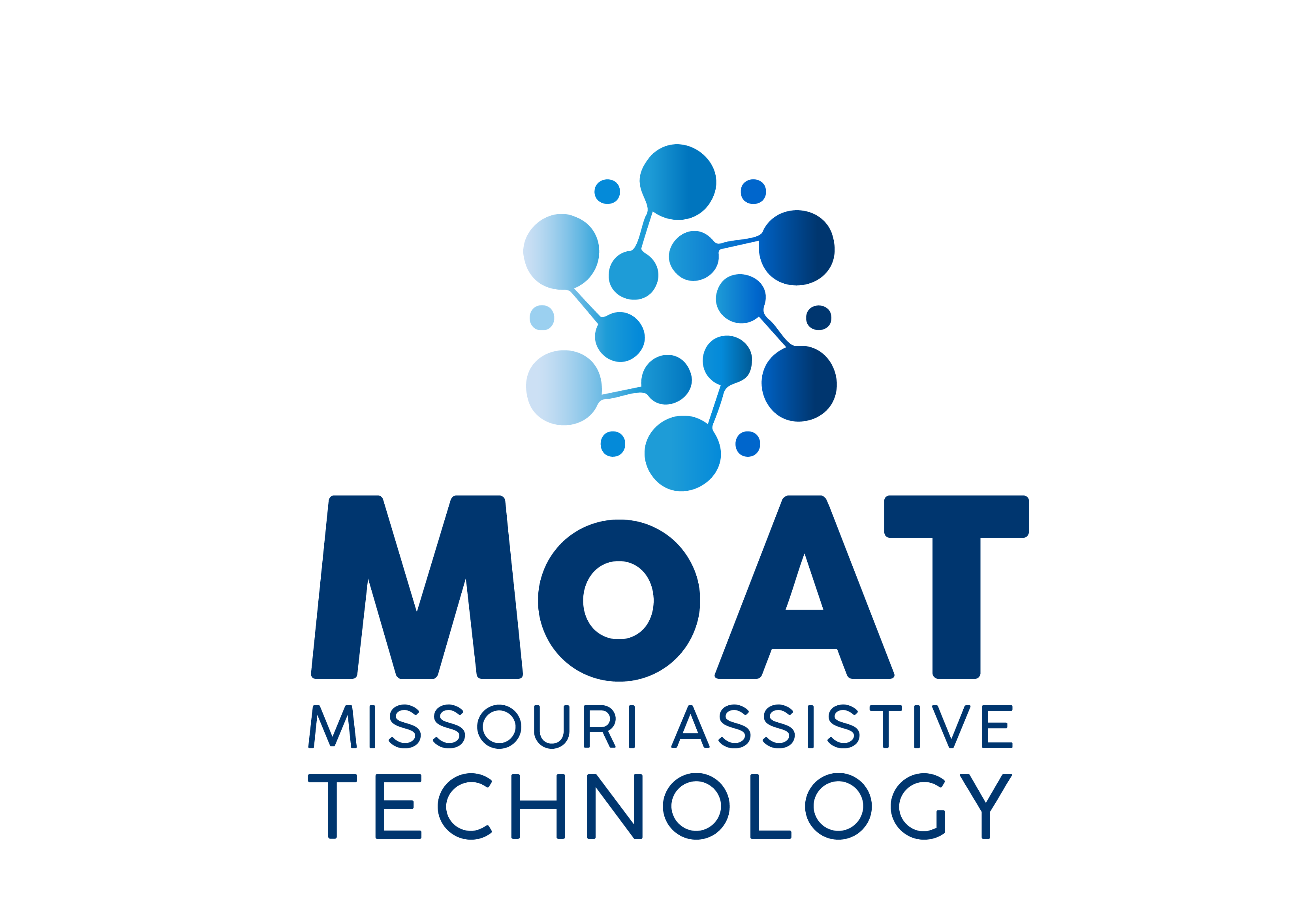Experience a Website without a Mouse
Some basic instructions
Use keyboard-only commands for the next 15 minutes to get around. It is our goal that in this 15 minutes you can assimilate what an individual who uses a screen reader to navigate a website might experience.
Ready to get started? Print this page from reference. Close your browser and put your Mouse away! Here are some Keyboard short cuts to use to open a website and to help you navigate the page without using your mouse:
Use the following to navigate the page or other tabs (Typically works with Google Chrome, Firefox and MS Edge):
Some other keyboard short cuts:
So, What was it like to use only your keyboard?
Did you find any benefits? Did you find it more efficient? Using keyboard short cuts can reduce repetitive wrist movement from mouse use. Using Keyboard short cuts instead of mouse saves a lot of time and it can help to type faster and more accurately.
Consider what popped out at you as being accessible or not accessible and apply this to your creation of websites.
Screen reader users do not use a mouse. Keep in mind, if a document, application or system cannot support a mouse-less operation, it may not support assistive technology or accessibility tools. This limits who can read your website and complete business transactions or be informed on important updates.
To learn more about assistive technology and accessibility visit: Future Learn

